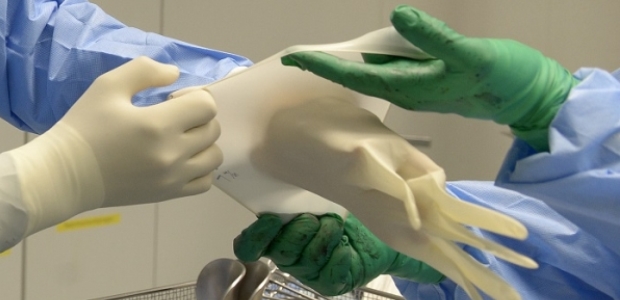
NIOSH, Partners Researching Effectiveness of Isolation Gowns
ASTM has formed a task group to develop a specification standard for them, Selcen Kilinc-Balci, a physical scientist for NIOSH's National Personal Protective Technology Laboratory, reported on the agency’s Science Blog.
A May 5 post on NIOSH's Science Blog concerned isolation gowns, part of the PPE ensemble worn by more than 5 million U.S. health care workers to limit the transmission of infectious agents, according to its author, Selcen Kilinc-Balci, Ph.D., MBA, a physical scientist for NIOSH's National Personal Protective Technology Laboratory (NPPTL). Different types of isolation gowns with varying levels of protection are available, and the wearers "are recognized as the best judges of the barrier level required, based on experience and the potential of known exposure risks. However, end-users have limited information on the performance of the existing isolation gowns on the marketplace," she writes.
Her "How Well Do You Think You Are Protected?" article explains that no current standard on isolation gowns includes performance and design criteria and addresses problems with the interface -- where gloves and gown meet at the wrists.
To provide more guidance to health care workers on this important topic, the American Society for Testing and Materials International recently created a task group to develop a specification standard for isolation gowns, and NPPTL is working with ASTM and the U.S. Food and Drug Administration on a research project to understand how effective current isolation gowns are and to determine performance and design requirements, she reports.
Kilinc-Balci asks health care workers to submit comments about her post that relate their experiences with isolation gowns they have worn while providing health care services.